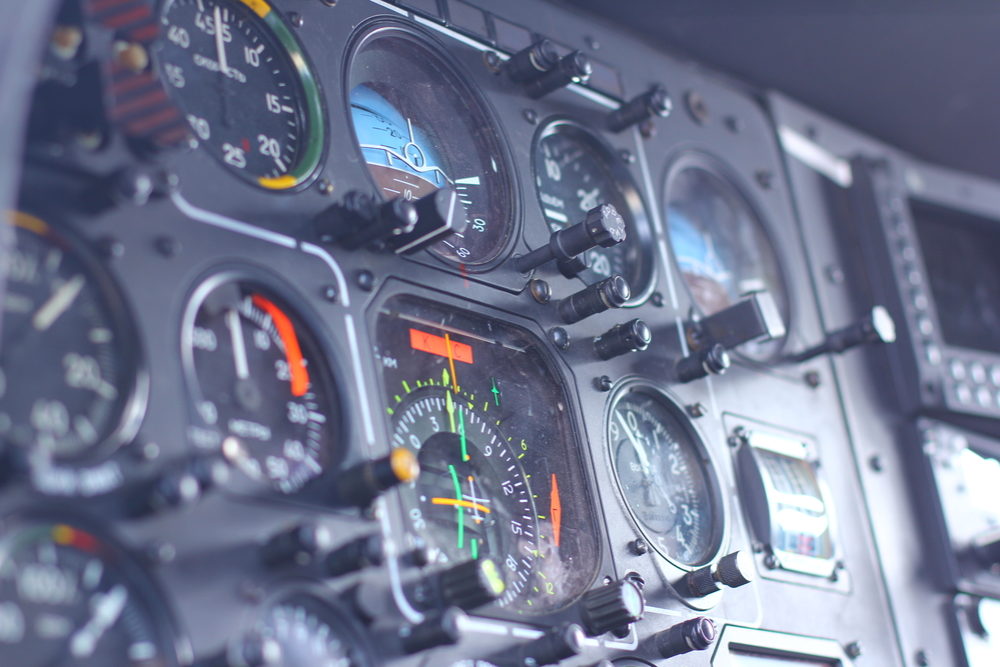Carbon Dioxide Levels In Cockpits May Affect Pilot Performance: Study

High levels of carbon dioxide in airplane cockpits may have an impact how well pilots are able to fly, according to the findings of a new study.
In a study published this month in the Journal of Exposure Science & Environmental Epidemiology, researchers from Harvard indicate that even levels of carbon dioxide commonly found in many cockpits affect pilot performance.
Prior studies have shown carbon dioxide levels and ventilation affect cognitive function. For that reason, researchers wanted to see how varying levels of carbon dioxide affected pilot flight performance. The study aimed to see if everything is being done to optimize pilot performance regarding the air they breathe.

Did You Know?
Millions of Philips CPAP Machines Recalled
Philips DreamStation, CPAP and BiPAP machines sold in recent years may pose a risk of cancer, lung damage and other injuries.
Learn MoreAverage carbon dioxide concentrations on the flight deck are typically less than 1,000 parts per million (ppm). However, the levels can be as high as 1,400 ppm. The Federal Aviation Administration (FAA) sets standards for ventilation systems calling for carbon dioxide levels of 1,500 parts per million in the main cabin.
Researchers recruited 30 active commercial airline pilots to fly three separate three-hour flight segments on FAA approved A320 flight simulators. Each simulation would be flown at different carbon dioxide concentrations: 700; 1,500; and 2,500 ppm.
Pilots were asked to complete specific maneuvers without using autopilot. The maneuvers included standard operations and more difficult procedures, including landing the airplane without one engine, steep turns, rejected takeoffs, circling to land, landing with a slat malfunction, and collision avoidance. The maneuvers were assessed by an FAA Designated Pilot Examiner.
Researchers noted that performance dropped when carbon dioxide levels increased in the flight cabin. At 700 ppm pilots were 69% more likely to correctly perform the maneuvers compared to 2,500 ppm. At 1,500 ppm pilots were 52% more likely to pass maneuvers compared to higher levels at 2,500 ppm.
The study found that five of the seven most difficult maneuvers had higher passing rates at 700 ppm compared to 1,500 ppm. Those maneuvers included performing steep turns, rejected takeoffs, circling to land, landing with a slat malfunction, and collision avoidance.
Last year, the European Aviation Safety Agency measured air quality on 69 commercial airlines, including eight B787s. The agency concluded the average carbon dioxide concentrations was 603 ppm among the B787s and 835 ppm for other plane types.
The findings of the new study indicate there is a direct effect on performance when carbon dioxide levels are higher. Simply put, pilots perform better when carbon dioxide is kept at low levels.
The study’s findings are important as it can help improve performance and improve safety, the researchers said. Yet, it can also help improve how the airline industry and regulators approach ventilation standards.
Get more articles like this sent directly to your inbox.
"*" indicates required fields




0 Comments